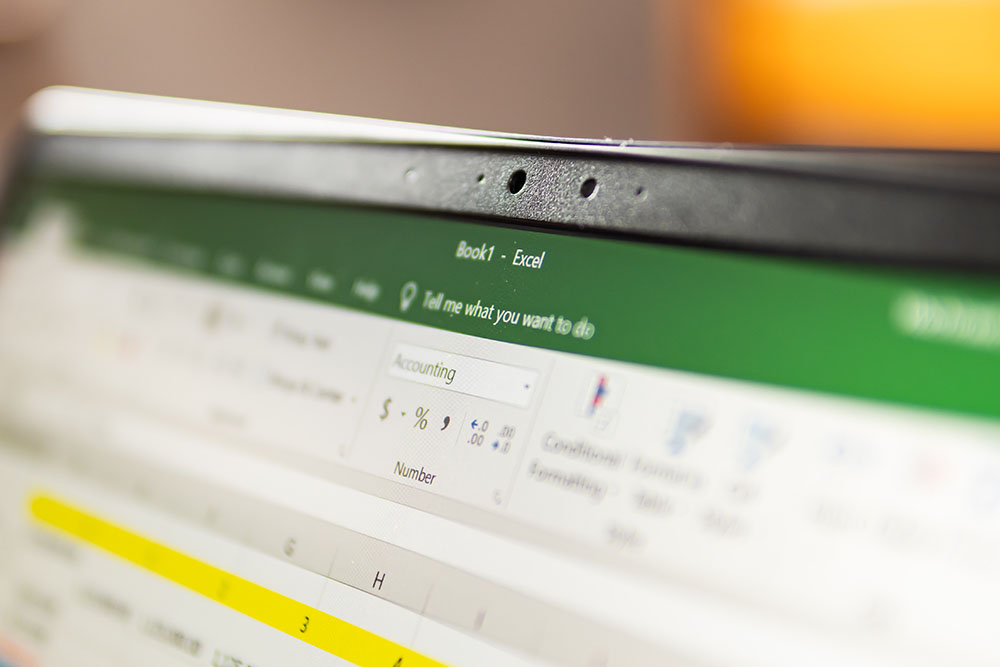It’s the little things that make a difference. A smile from a stranger. Someone holding the door open for you when your arms are full. Someone slowing down to let you into a line of traffic. How much better would life be if everyone not only thought of doing those little things, but also thought about removing obstacles that could potentially lead to someone having a bad day?
When I was young, I had an accident where a tree fort broke apart and landed on my head. I ended up in the ER not only getting stitches in my head, but also a tetanus shot due to the rusty nails in the boards.
With the pain of that day forever embedded in my head (terrible pun intended), I developed a habit of picking up every rusty nail, screw, or sharp object I come across while walking. After seeing me do this countless times, my son asked me one day, “Why do you always pick up nails when you see them laying in the road?” My answer was simply, “To prevent someone from having a bad day!”
He asked what I meant, so I told him that by picking up the nail I was possibly preventing someone from stepping on it and needing to go to the doctor, driving over it and getting a flat tire, or even causing an accident because of the flat. Still not satisfied, he said, “But you don’t know for sure that someone would step on it or drive over it.” I looked at his inquisitive face and said, “You are right. I don’t know, but what I do know for sure is that I have removed that possibility completely.”
The lesson doesn’t have to stop there. I’ve found ways that this same lesson can be applied in numerous ways to our professional lives. Here are a few examples:
Documentation
How many times have you wasted precious minutes searching for some process or a “How To” for something you were struggling with? Once you found it, did you make sure it was in the proper place so that someone looking for it later would easily find it? Better yet, if you didn’t find one, did you put one together once you fumbled your way through figuring it out? If you found one, but noticed that one of the steps was incomplete or incorrect, did you fix it? At the very least, make sure it gets reported to the team responsible for documentation or to your manager so the task can be assigned to someone.
Emails
Let’s face it. We get too many emails as it is and who has the time to read through endless novellas throughout the day? Keep these things in mind when you craft your next message to your coworkers:
- Email vs. Meeting – if a discussion is required, email isn’t the right format. Schedule a meeting with the appropriate parties. No one wants a thread that goes on for days when most questions could be addressed in a quick sync over the phone.
- Subject – This should be clear and concise. Start the subject line with something like “Action Required” or “Time Sensitive” if applicable to catch the reader’s attention.
- Keep it Brief – Keep it as brief as possible. If you must include a lot of details, make sure you do a summary of the highlights and the top and let the reader know they can read on further for the additional details.
Meetings
You’ve heard the saying “Time is Money.” Well, that, along with these few things, should be considered when scheduling meetings:
- Purpose: define the purpose of the meeting and what you hope to accomplish.
- Participation: think about everyone person you include on the list and consider why you are inviting them and what role they will play. If they aren’t needed, don’t invite them. If you think they might be interested in the details of the meeting, add them as optional and let them decide if they should attend. If you only need someone for a certain topic, schedule them to come in only for that part of the agenda.
- Calendars: pay attention to the free/busy information for your required participants. Don’t stomp on other meetings that have already been scheduled. If it is hard to find a window of availability, reach out to the participants to see if any of their meetings are flexible.
- Scheduling: schedule meetings in increments of 25 mins instead of 30 to give people some transition time in between meetings.
- Agenda: define an agenda for the meeting and include it in the meeting invite so the participants know in advance what to expect.
- Reading Materials: if there is any background information the meeting participants need to be up to speed on before the meeting, attach them to the meeting invite or include a link to the docs and make sure they are aware that they should review prior to the meeting.
- Timekeeper/Parking Lot: pay close attention to the pace of the meeting. Assign a timekeeper if necessary and be sure to “parking lot” items outside of the main agenda and make sure to end the meeting on or before the scheduled end time.
- Action Items/Summary: track any action items that come out of the meeting. Talk through them at the end of the meeting so that everyone is aware and in agreement. Follow up with an email highlighting the action items and summarize the important items from the discussion.
Mentoring
Over the course of our careers, we all have a few things we had to learn the hard way. Take some time to share some of that hard-earned wisdom and allow others to benefit from it. Mentoring is a good way to impart wisdom, share lessons learned, and boost another person’s professional development in a way that positively shapes their work environment. Picking up the nail in this instance ensures continued learning and collaboration in a setting that fosters growth.
Today, March 8, is International Women’s Day and March is Women’s History Month. And while the lessons imparted by “Picking Up the Nail” are universally applicable, I challenge each one of you to go out and pick up that nail (metaphorically or literally) and make a fellow human’s life a little bit easier. It is through looking out for others that we show we truly care about them.



